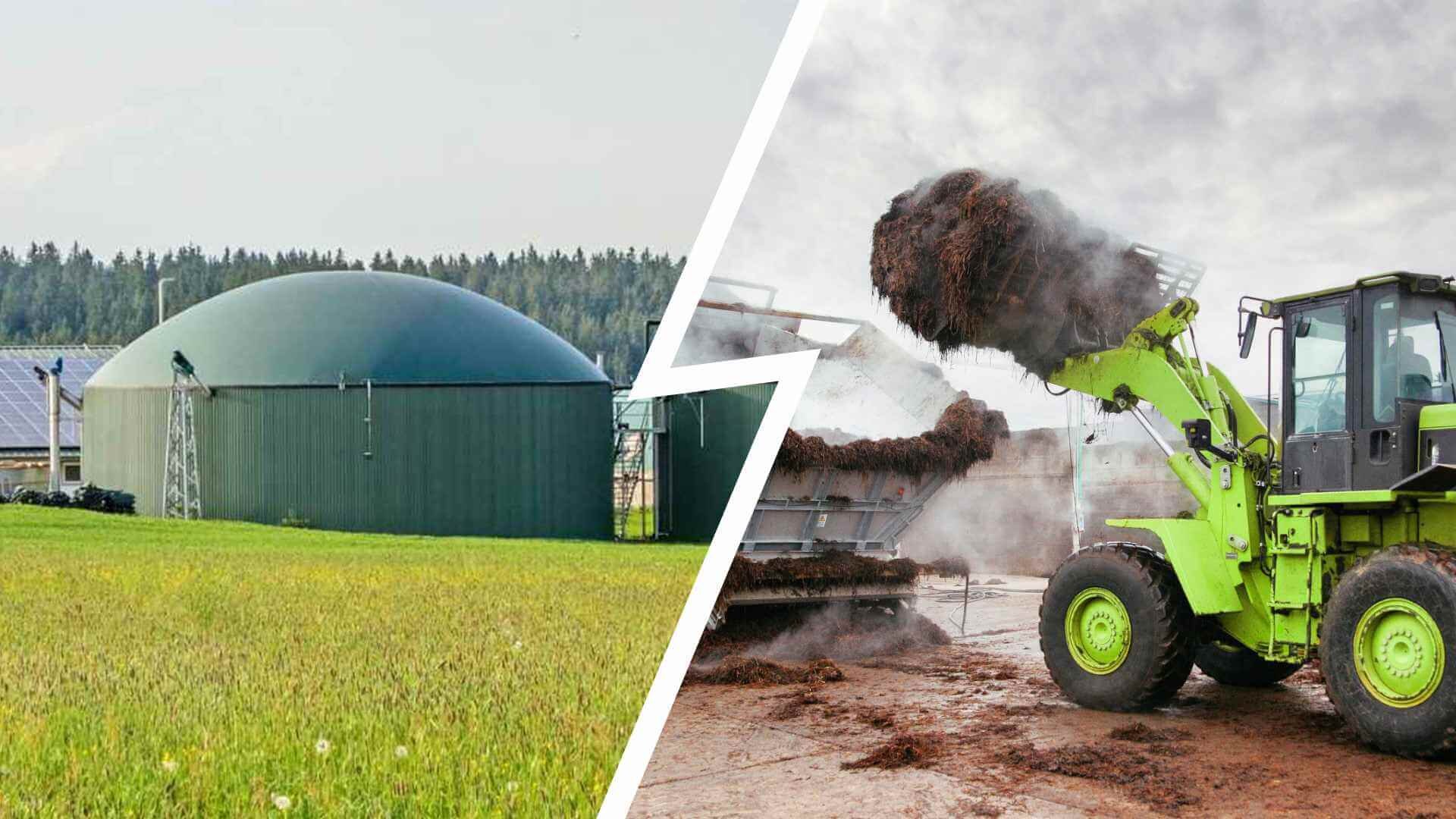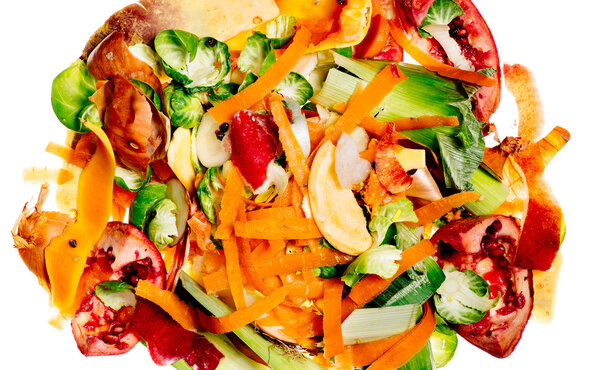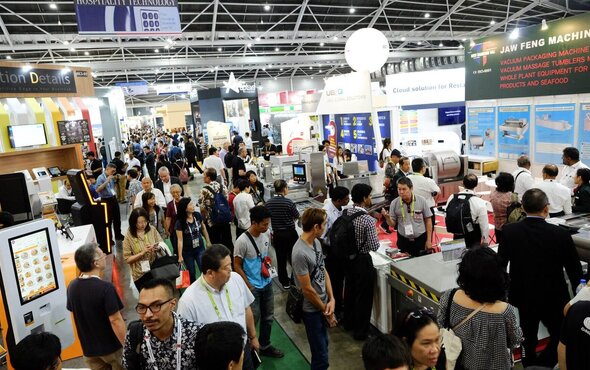ANAEROBIC DIGESTION

Anaerobic digestion is a process in which organic material is broken down by microorganisms in the absence of oxygen (anaerobic). Its two main products are biogas and biofertiliser.
COMPOSTING

Composting is a process in which organic materials are broken down into compost by microorganisms in the presence of oxygen (aerobic).
WHICH IS BETTER: DIGESTING FOOD WASTE IN BIOGAS PLANTS, OR COMPOSTING IT?
Kitchen scraps and food waste are valuable materials with a high energy content – higher than that of waste from the bio-bin, which typically contains garden waste and even bioplastic bags in addition to kitchen waste.
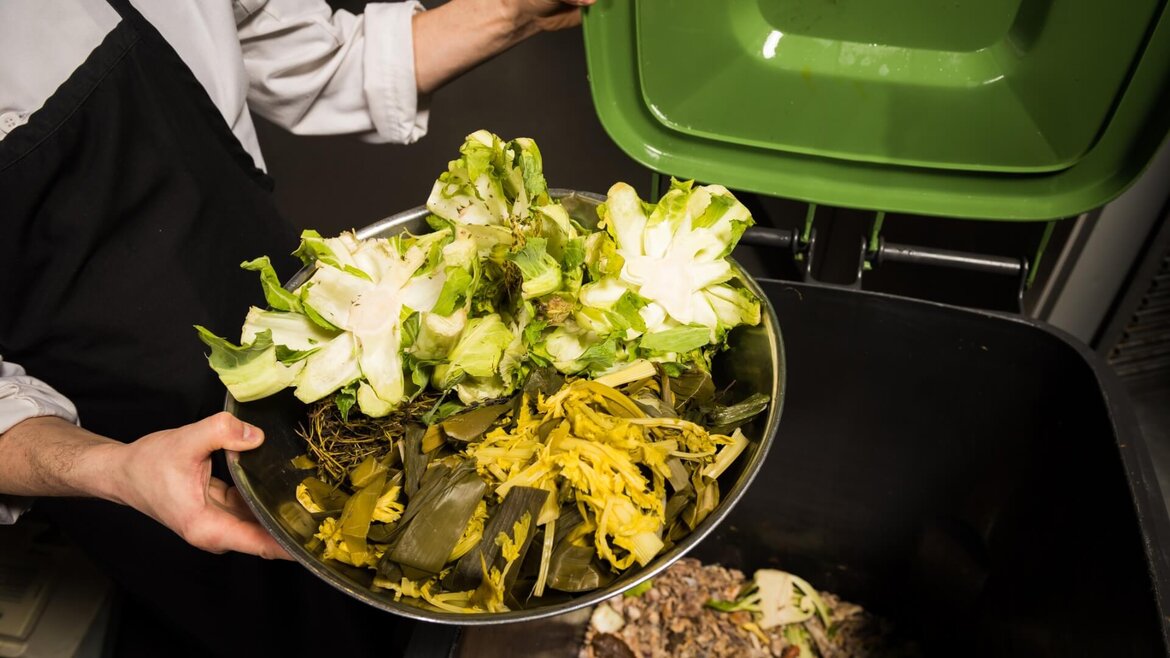
Waste with a high organic content – including kitchen scraps and food waste – can be converted into biomethane in biogas plants. Biomethane, also known as renewable natural gas, can be used as an energy source in the energy mix. Unlike nuclear power, coal and natural gas (which is also methane, but from a non-renewable fossil source), biomethane is an important source of clean energy. The challenging situation in today's energy market has made this fact clearer than ever.

IS COMPOSTING FOOD WASTE STILL AN APPROPRIATE METHOD IN TODAY'S WORLD?
The biological treatment of kitchen and food waste in composting plants is no longer considered state of the art. Why is this?
This form of aerobic treatment – i.e. decomposition in the presence of oxygen – does not produce gases that can be used as a source of energy. And depending on the composition and treatment of the organic materials, this process may cause gases responsible for global warming (greenhouse gases) to escape into the atmosphere and cause environmental harm. Such emissions from composting can be caused by too many greens, too much water or too little oxygen.
What's more, the process of collecting and treating kitchen scraps and food waste in composting plants can lead to very significant odour problems.
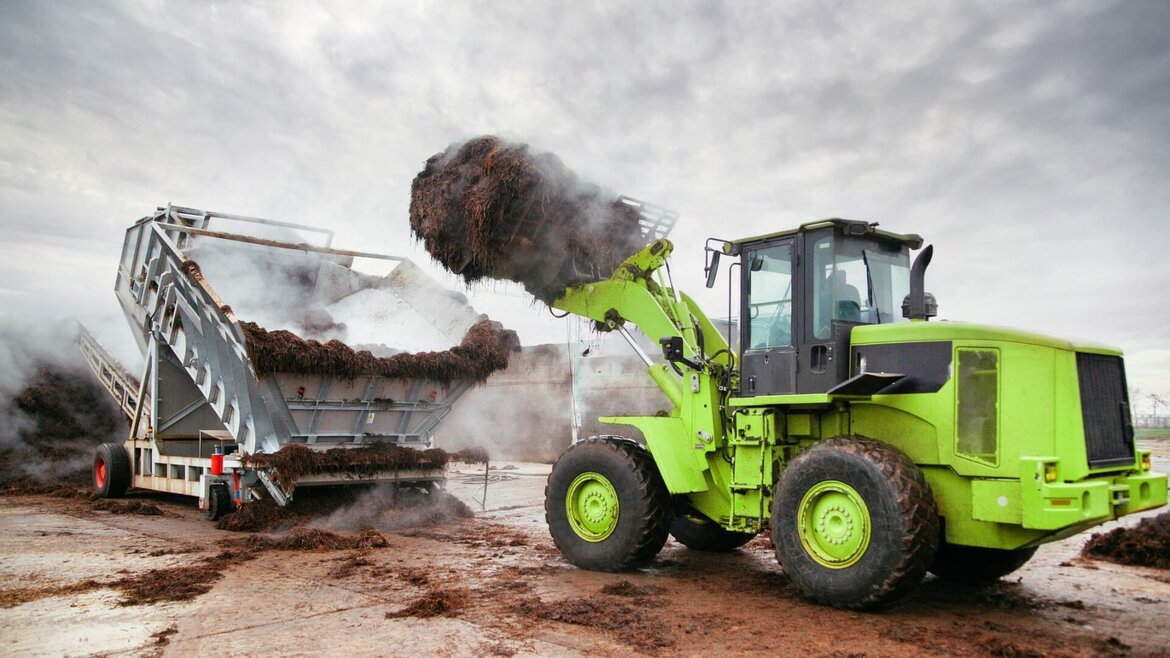
BIOGAS PLANTS BOOST SAFETY AND HYGIENE
Fewer unpleasant odours, fewer harmful emissions
Anaerobic digestion in biogas plants is accomplished in a closed system – in the absence of oxygen. In his general medical expert opinion on the biological treatment and decomposition of kitchen and food waste, Dr. Manfred Maier draws the following conclusions: "The various phases of aerobic composting in non-sealed systems cause significant odour problems for employees and neighbours while also producing a number of emissions that are potentially harmful to human, animal and environmental health."
Dr. Michael Mayr, sworn and court-certified expert
Fewer heavy metals
In addition, studies in Austria have shown that compost produced in accordance with the Austrian Compost Ordinance exhibits a higher concentration of heavy metals than digestate from biogas plants. This digestate is spread on fields as a natural fertiliser. Organic materials that make the journey from plate to storage tank to biogas plant (closed system) contain far fewer contaminants than organic waste that is treated in a composting plant (open system).

Dr. Michael Mayr, sworn and court-certified expert
Boosting the potential of sustainable bioenergy
Most biogas plants are theoretically capable of increasing gas, electricity and heat production in the short term – by an average of 20 percent. Implementing such a step would require regulatory changes or interventions. Kitchen and food waste will continue to be generated by caterers, canteens, hotels and restaurants whatever happens, so this step would make the most of its energy potential.
Professor Manfred Maier, former head of the Center for Public Health at the Medical University of Vienna
ANAEROBIC DIGESTION IS A KEY TECHNOLOGY IN ACCELERATING AUSTRALIA’S CIRCULAR ECONOMY
Based on a report produced by GHD for Bioenergy Australia, anaerobic digestion is a relatively untapped resource in Australia. However, this technology is now emerging in New South Wales as landfills reach capacity and following the NSW Environment Protection Authority’s ban on land application of mixed waste organic output material.
There are also some dedicated biowaste-to-energy facilities processing commercial food waste in the country. These include Richgro in Perth, the Yarra Valley Water’s ReWaste facility in Melbourne, and EarthPower, in Sydney. EarthPower Technologies, Australia’s first food waste to energy facility, converts organic waste from industrial, commercial and residential sources into green energy and nutrient-rich organic fertiliser.
More broadly around Australia, momentum is gathering to divert the disposal of food waste. For example, Woolworths’ new Sustainability Plan includes a commitment of zero food waste to landfill by 2025 and net positive carbon emissions by 2050.
More councils are also implementing source-separated Food Organics and Garden Organics (FOGO) kerbside collections. Focusing on greater organics separation will provide a cleaner feedstock for anaerobic digestion and the creation of quality-managed digestate for fertilisers.
